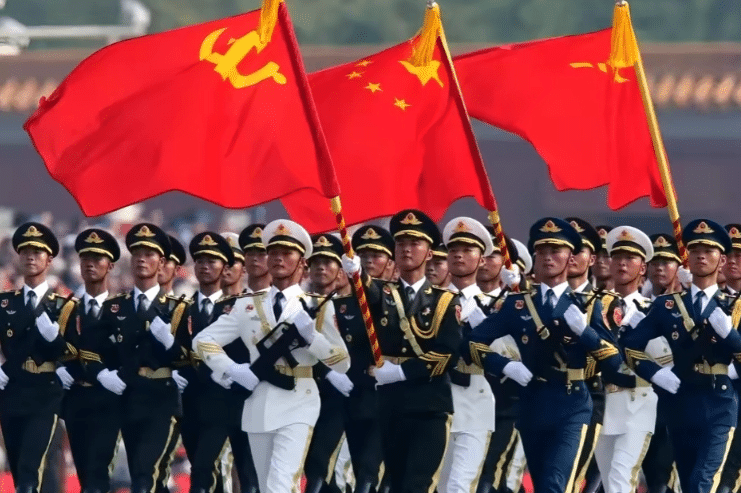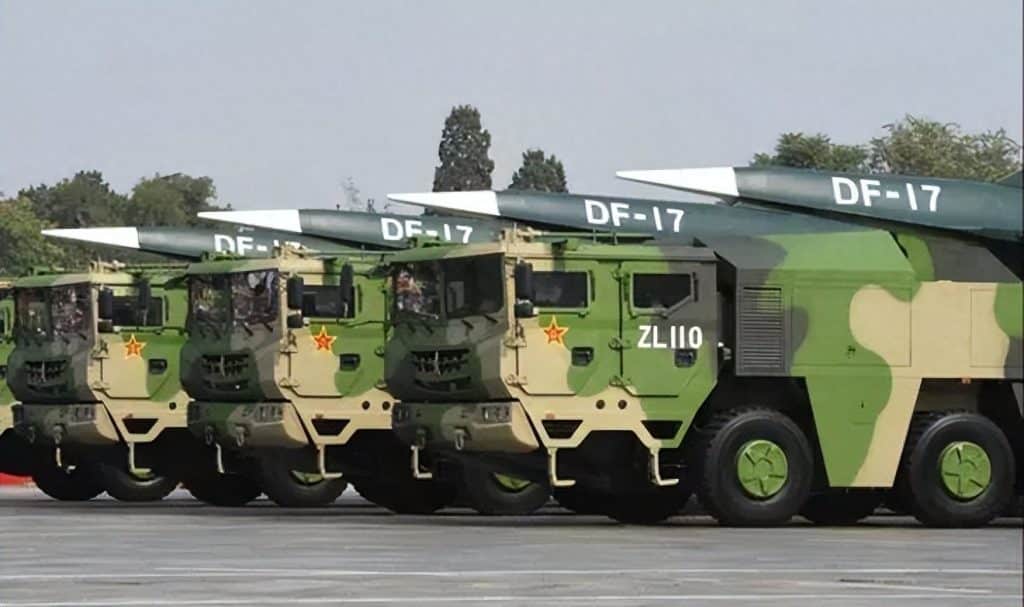Questions have emerged online regarding whether China would attempt to bring a potential conflict onto US soil. Historically, wars arise from perceived threats to core national interests. China’s defense policy emphasizes national sovereignty and territorial integrity rather than offensive expansion.
Historical Context and Defensive Strategy
Since the mid-20th century, China has transitioned from relatively under-equipped forces to a modernized military. Throughout this period, China has maintained a defensive approach. For instance, during the Korean War, China’s involvement aimed to secure its borders, not pursue overseas conquest.
In a scenario involving Taiwan or the South China Sea, how would China respond? Modern Chinese missile systems have evolved significantly in range and precision, progressing from fixed, limited-range platforms to mobile, road-deployable, solid-fuel missiles, which drastically reduce launch preparation times. While this indicates long-range strike capability, it primarily serves as deterrence, ensuring potential adversaries think twice before violating Chinese interests.
Response to Escalation
If US actions around China escalate tensions, historical patterns suggest China would prioritize diplomatic and economic measures to resolve disputes rather than launch offensive operations. Direct threats to Chinese territory, however, could trigger strategic retaliation.
China’s nuclear modernization, including intercontinental missiles, is designed to provide credible second-strike capability. While the total number of warheads may be smaller than in other nuclear powers, the survivability and effectiveness of these systems create a significant deterrent, aiming to prevent conflicts from spiraling out of control.
Conventional and Asymmetric Capabilities
In regional theaters like the South China Sea or Taiwan Strait, China has a clear home-field advantage. While carrier numbers are limited, integrated systems of land-based missiles, satellites, and advanced naval assets form a robust defensive network. Compared with earlier reliance on single platforms, modern Chinese forces emphasize networked operations and rapid upgrades via modular design, enabling effective countermeasures and interference with enemy targeting.
Given the logistical challenges of projecting power across the Pacific, China is unlikely to expend resources on the US mainland unless provoked into extreme escalation.
Nuclear Deterrence Principles
China adheres to a minimum deterrence policy, avoiding an arms race while maintaining credible strike capability. Modern missiles, now solid-fuel and AI-assisted, reduce launch times to minutes and increase strike accuracy while evading interception. These capabilities primarily act as a shield, highlighting the high costs of conflict rather than offering offensive reach.
Economic and Diplomatic Considerations
Economic interdependence is another key factor. As a major US trade partner and creditor, any conflict escalation would disrupt global supply chains. China favors diplomatic negotiation and international law to protect its interests, reserving military action for direct threats to sovereignty. Cooperation yields mutual benefits, while confrontation results in mutual losses.
Technological and Strategic Evolution
Modern Chinese capabilities allow asymmetric responses, targeting intruding fleets from home territory without distant deployments. Precision strike technology reduces manpower dependency, contrasting with past reliance on ground forces during conflicts like the Korean War.
Alliances and Multilateral Engagement
Should Europe or other allies become involved, China prefers resolution through multilateral forums, balancing power without direct provocation. While military capability has advanced, peaceful economic engagement remains the priority.
In summary, China’s strategy emphasizes defense, deterrence, and stability. Advances in missile technology, naval capabilities, and strategic planning enhance deterrence rather than encourage offensive expansion toward distant territories such as the US.
References:
- Open-source defense analyses on China’s missile modernization and nuclear strategy
- Reports on South China Sea and Taiwan Strait military developments



